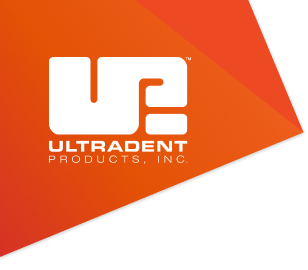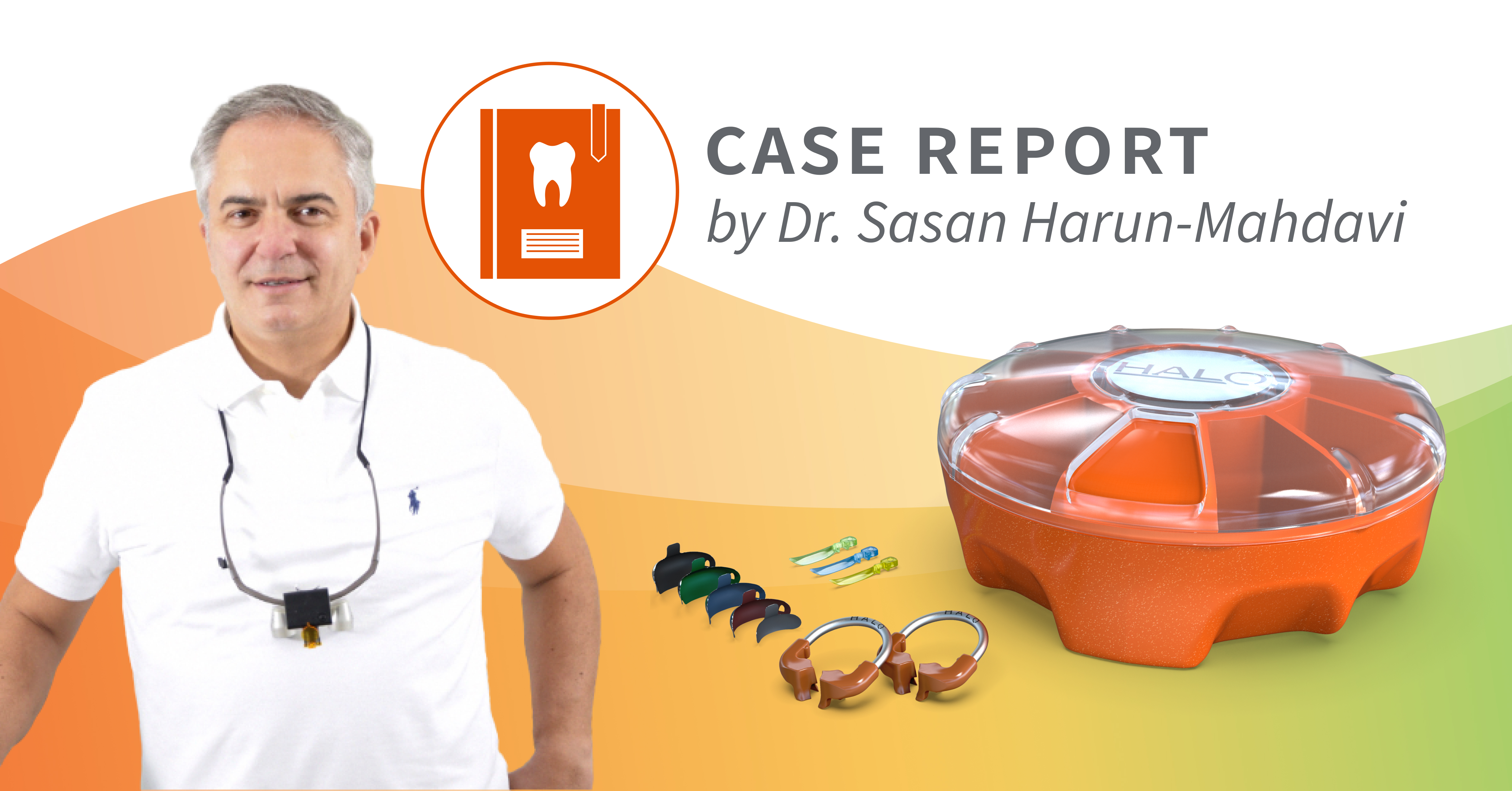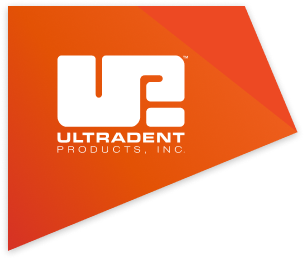A case report by Dr. Sasan Harun-Mahdavi
First published: ZWP Zahnarzt Wirtschaft Praxis [German business magazine for dentists] 10/22, pp. 92-95, OEMUS MEDIA AG, Leipzig
Dr. Sasan Harun-Mahdavi is the owner of the practice for oral and maxillofacial dentistry "Zahnärzte im Lehel" in Munich, Germany. Restorations are part of his wide range of treatments. Here, he and his team attach great importance to esthetic fillings. Based on his experiences, Dr. Harun-Mahdavi reports on the importance of matrix systems to him.
The placement of fillings has evolved considerably over the last 25 years of my clinical career in terms of quality, esthetics, and the treatment methods and materials used. For example, I still learned how to place silver amalgam fillings at university. Initially, filling with composite materials was limited to the restoration of cavities in the front teeth, and it was not until the end of my studies that the placement of tooth-colored fillings in the posterior region was taught both in practice and in theory. At that time, the pros and cons of using conventional metal matrices or transparent plastic matrices, which were novel at the time, were still frequently discussed. In the meantime, the continued use of metal matrices has gained acceptance in practices when restoring cavities with light-curing materials due to the proven advantages such as reflective effects, dimensional stability, etc. What has continued to develop positively, however, are the various matrix systems. In the dental market, sectional matrix systems are evidently gaining the upper hand over others.
%20Dr.%20Harun-Mahdavi_OEMUS%20MEDIA%20AG_copyright.png?width=300&height=321&name=Abb.%201_(C)%20Dr.%20Harun-Mahdavi_OEMUS%20MEDIA%20AG_copyright.png)
Before: Carious molar after preparation using a rubber dam and the Halo™ sectional matrix system, consisting of stackable Halo rings, Halo matrix bands, and Halo wedges.
%20Dr.%20Harun-Mahdavi_OEMUS%20MEDIA%20AG_copyright.png?width=300&height=320&name=Abb.%202_(C)%20Dr.%20Harun-Mahdavi_OEMUS%20MEDIA%20AG_copyright.png) During: Molar after placement of the filling material. The Halo™ sectional matrix system enables consistently tight, anatomically correct proximal contacts to be created.
During: Molar after placement of the filling material. The Halo™ sectional matrix system enables consistently tight, anatomically correct proximal contacts to be created.
Why sectional matrix systems?
The obvious advantages for me are the better adaptation at the cavity margins, improved contouring of the proximal contact, and the occlusal surfaces. Also worth mentioning are the more ergonomic handling for the practitioner, higher treatment comfort for the patients, as the time required for finishing and polishing is reduced, as well as the higher standard of hygiene. The illustrations clearly show how the individual components of the Halo™ sectional matrix system can be used intuitively and integrated into the treatment process: starting with the stainless steel Halo matrix bands available in five different sizes (3.5 mm, 4.5 mm, 5.5 mm, 6.5 mm, and 7.5. mm, each in Original, Firm, or Firm with Teflon™ coating), through the ergonomic plastic Halo wedges (stackable and foldable) and supplied in three color-coded sizes, to the Halo rings made of Nitinol. Even in the distal region, appropriate arrangement also allows the corresponding matrix rings to be attached in an ergonomically well accessible manner when treating molars.
%20Dr.%20Harun-Mahdavi_OEMUS%20MEDIA%20AG_copyright.png?width=300&height=261&name=Abb.%203b_(C)%20Dr.%20Harun-Mahdavi_OEMUS%20MEDIA%20AG_copyright.png)
%20Dr.%20Harun-Mahdavi_OEMUS%20MEDIA%20AG_copyright.png?width=300&height=261&name=Abb.%203a_(C)%20Dr.%20Harun-Mahdavi_OEMUS%20MEDIA%20AG_copyright.png)
After: Using the new user-friendly Halo™ sectional matrix system, composite restorations are esthetic, consistent, and anatomically contoured in less time.
An extremely useful addition are the Halo tweezers and forceps supplied in the sectional matrix system kit, which simplify both the placement and removal of the Halo rings and the matrix bands. This eliminates the awkward and often unpleasant "wiggling back and forth" to loosen the matrices that was commonplace in earlier times.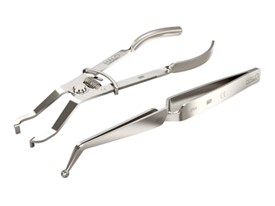
The Halo™ tweezers and forceps
Conclusion
The Halo sectional matrix system is very well thought-out and ergonomic and comfortable for both the patient and practitioner. In combination with the VALO™ curing light, my treatment team and I feel that the system significantly improves the restoration of our cavities.
Patients have also noticed an improvement in quality, particularly tighter proximal contact, an aspect that has repeatedly led to problems, especially in the case of large cavities. This meant that frequently we either had to rework the contacts during the same session or the patients came back to us later complaining about insufficient proximal contacts. We have now been able to reduce both problem areas to a minimum¾to the satisfaction of the patients and my team.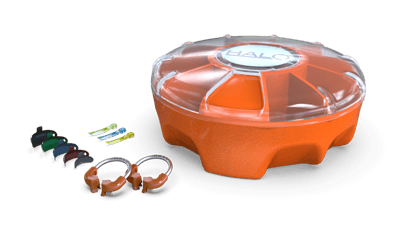
The Halo™ sectional matrix kit includes the full Halo system with rings, matrix bands, wedges, and a convenient carousel dispenser.
For more information go to: https://www.ultradent.eu/halo-sectional-matrix-system
About the Author
%20Dr.%20Harun-Mahdavi_OEMUS%20MEDIA%20AG_copyright.png?width=250&height=294&name=Portr%C3%A4t_%20(C)%20Dr.%20Harun-Mahdavi_OEMUS%20MEDIA%20AG_copyright.png) Dr. Sasan Harun-Mahdavi
Dr. Sasan Harun-Mahdavi
“Zahnärzte im Lehel” – Practice for oral and maxillofacial dentistry
Munich, Germany
Dr. Sasan Harun-Mahdavi is the owner of the practice for oral and maxillofacial dentistry "Zahnärzte im Lehel" in Munich.

